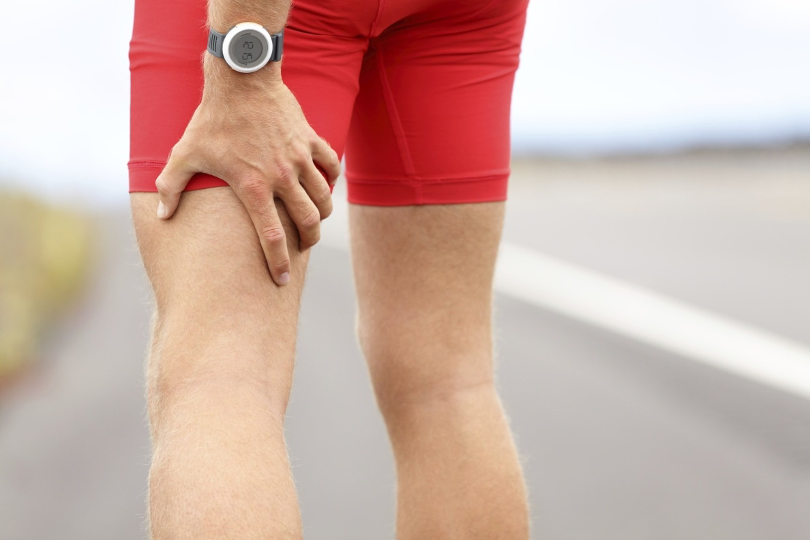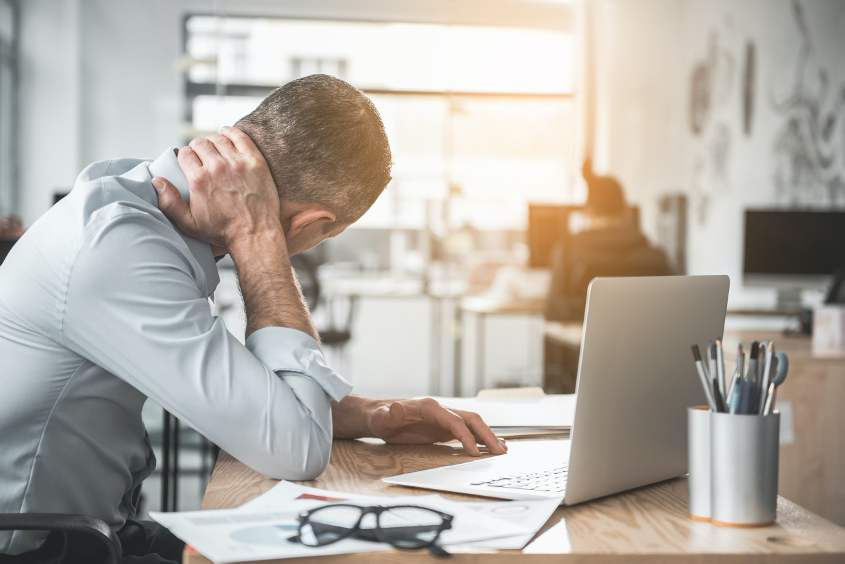By Karen Dearden, Clinical Specialist and Clinic Director

Are you running no more than you did before but starting to get knee pain and cannot understand why? You are not alone; a lot of people are getting knee problems, back pain, hip pain, achilles or heel pain doing the same level of or even less activity that they were doing before lockdown and cannot understand why.
I often walk across the town moor on my way home from clinic, mainly to get some exercise and some fresh air following a day of treating such symptoms wearing full PPE. I also enjoy the scenery and watching all the people using this public space for everything from a road free commute into the city centre, walking the dog, rollerskating to an outdoor gym. Many more people are using the town moor for their ‘allowed’ exercise and this is more commonly taking the form of running. As a specialist in musculoskeletal injuries (injuries related to the physical body, such as muscles, ligaments and joints), I cannot help myself watching and assessing people’s running technique; I did once give a very appreciative intermediate runner some on-the-spot advice…
In my clinical work, I concentrate on finding out the cause of an injury and treating that to gain better long-term outcomes. What is very apparent and different to 12 months ago and at the same time, ties in with what we are currently seeing in the clinic, is the change in people’s running style.
Almost everyone has lost the ability to rotate through their upper back while running and usually more to one side that the other. Generally, they are turning to the right and not turning enough to the left; they run lopsided. A lot of runners are over-using their low back muscles. Buttock muscles are weaker and often one side more than the other (more commonly an underactive right side), together with tight left hips. Compared to pre-lockdown, more runners have an anteriorly rotated pelvis, knees are rolling in. From their running style, I can almost picture the way they are sitting at their makeshift home ‘office’ desk.

The right-handed runner may be sitting a bit twisted. The left- hand runner may be even more twisted the other way. This causes an imbalance in upper back rotation, an important component required for optimal running. The runner using Zoom or Teams ends up being bent forward too much and for too long, often causing stiffness and increased kyphosis (forward bend) in the upper back and hypermobility in the lower back. This can lead to problems and imbalances further down the body, for example at the hips, knees and/or ankles. And additionally, a stiff upper back leads to stiff shoulders, affecting arm swing. In conclusion, a person’s home office can have a huge impact on the way their body moves.
Most dining tables are the wrong height to work from in relation to their dining chairs. We are all trying to make the best of our surroundings to allow us to work from home; I have seen it all; coffee tables, kitchen islands sitting on a bar stool, deckchair at a dressing table, pile of books on the lap to raise a laptop, garden table.
Then on top of that, people are sitting and not moving as much as normal. You may think you are moving around in the house, but are you actually standing up properly to move from the living room into the kitchen?
In essence, areas become stiff, others too mobile, some muscles weaken, and others shorten or tighten. This all translates to a person not having the mobility where they need it to move correctly. Forces are put elsewhere, which leads to poor form, reduced performance, and increased change of injury on exercise. However, it’s not too late to act. Simple changes can make a huge difference. From making changes to your desk setup, implementing a regular stretching routine, modifying your day to include some light from making changes to your desk setup, implementing a regular stretching routine, modifying your day to include some light exercise, even if this is just a short walk, or adding some specific home exercises to strengthen those muscles weakened by inactivity. We can advise on all of the above. We also run a dedicated runners clinic, between our physiotherapists and podiatrist to evaluate more deeply your running posture and mechanics, allowing us to provide advice tailored to your particular needs. For more information and advice, watch our Facebook page see our website, email us, or call us on 01912330500. Why not avoid injury before it happens?